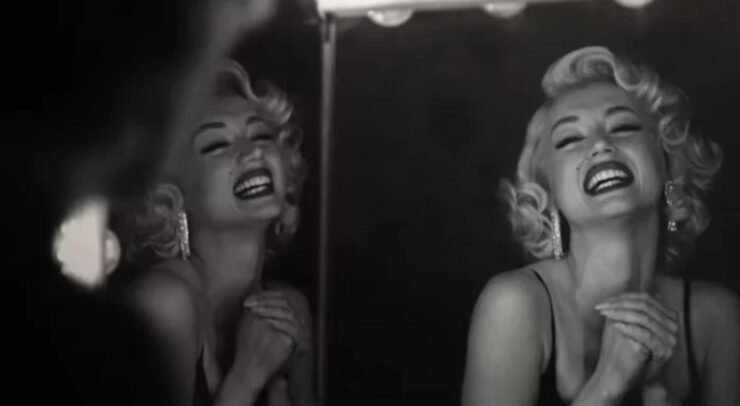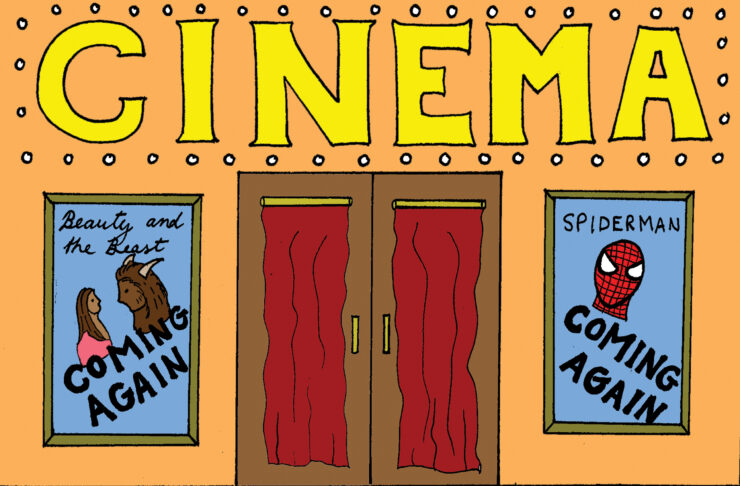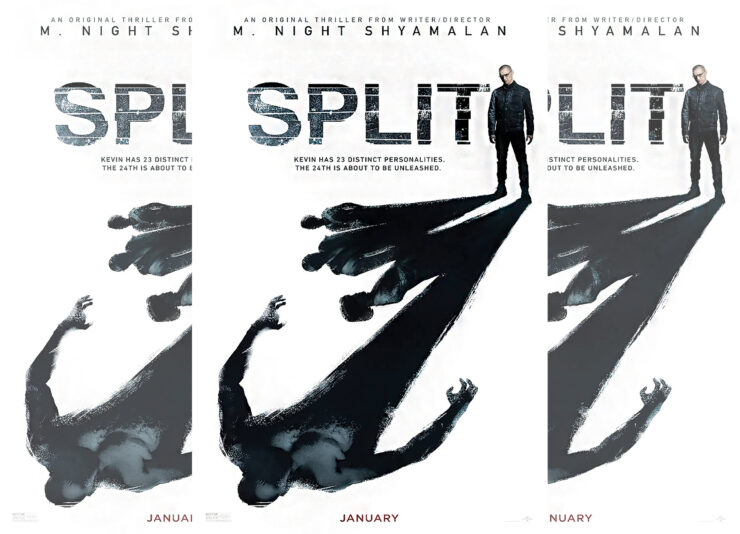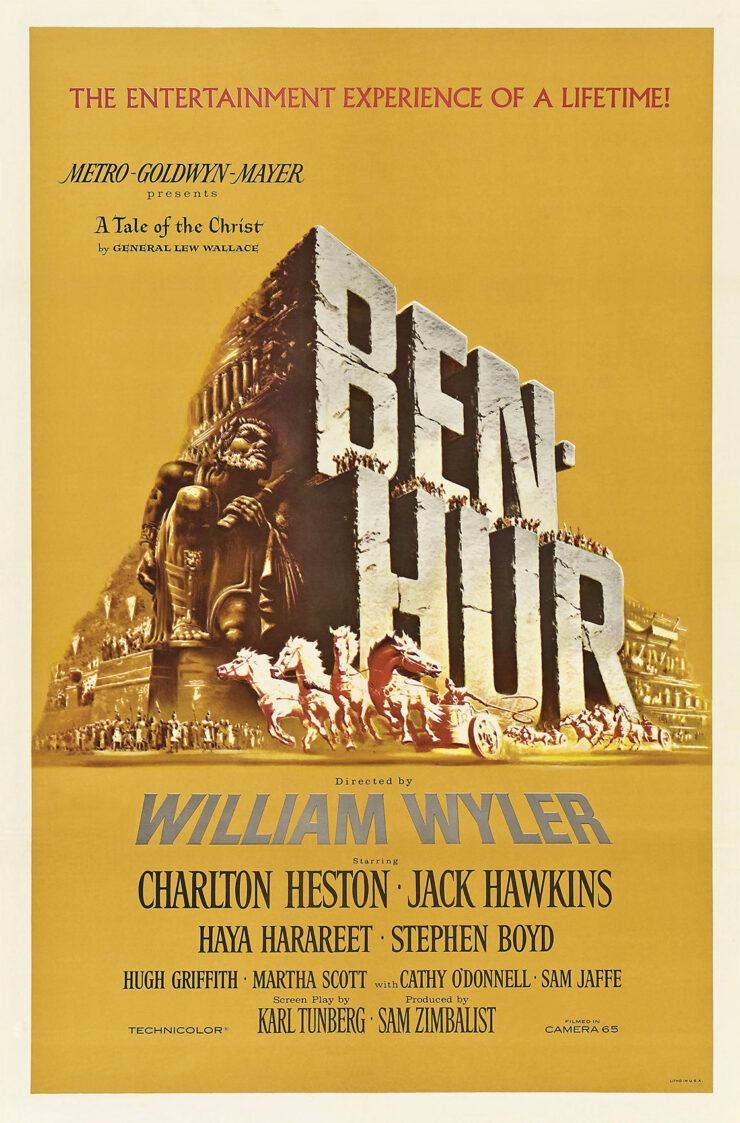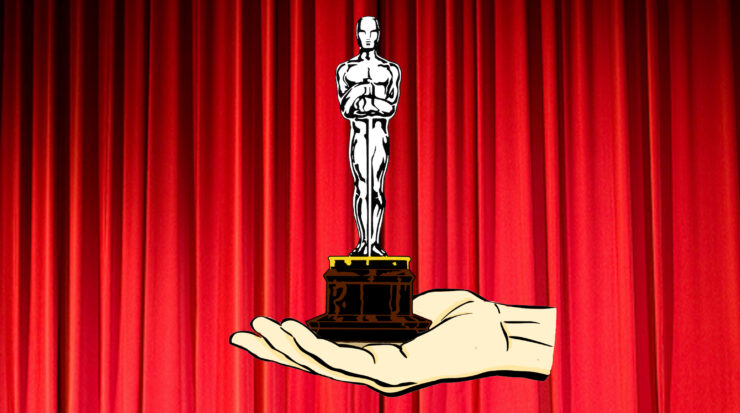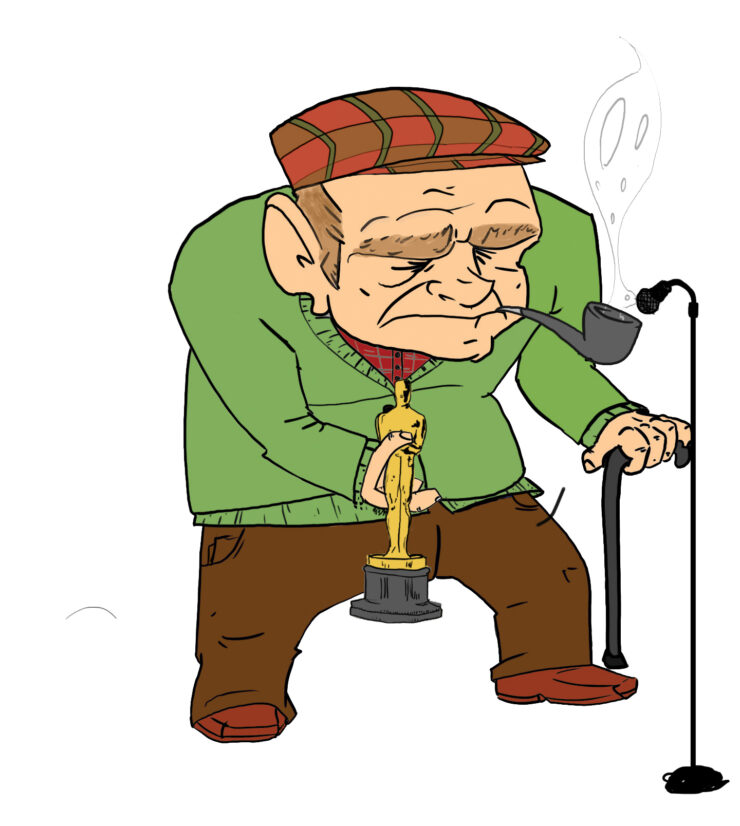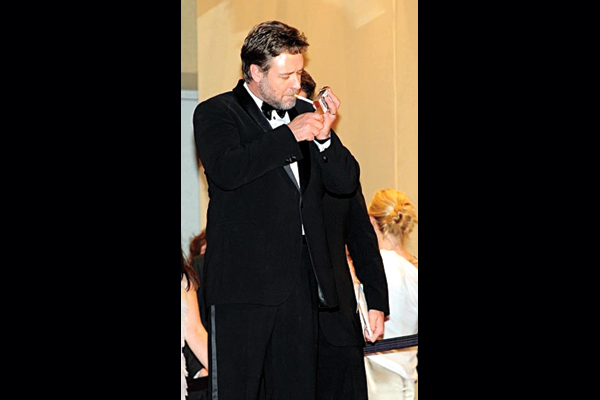When it comes to making things up for the big screen, how far is too far?
hollywood
It’s a tale as old as time, and no I’m not just talking about the new release of the Beauty and the Beast remake that came out last weekend.
Let’s agree once and for all that movies should lose the “killer mental patient” stereotype, and start listening to the true experiences of those suffering from mental illness.
Unlike the latest cash-in remake, the 1959 version of Ben-Hur didn’t need half-assed CGI or a bad Morgan Freeman wig to create an epic feel.
According to the Ralph J. Bunche Center for African American Studies at University of California, Los Angeles (UCLA) “2015 Hollywood Diversity Report”, which analyzed the top 200 film releases and all of broadcast, cable, and digital television programming from 2012-2013, nearly 40 per cent of the U.S. population was non-white in 2013, yet made up only 16.7 per cent of lead roles in theatrical films and 6.5 per cent of lead roles in broadcast scripted television.
Although it could be argued that the best movies this past year really were created by a single kind of person (white men) and that the nominees were fairly chosen, it is hard to accept this fact when some fantastically talented people were not properly recognized for their work.
In addition to putting a ban on age-inappropriate roles, from now on, actors will be required by law to take on roles that closely correspond to their gender, socioeconomic status, sexuality, and temporal designation.
Why breaking up movies into parts isn’t such a good thing afterall.

